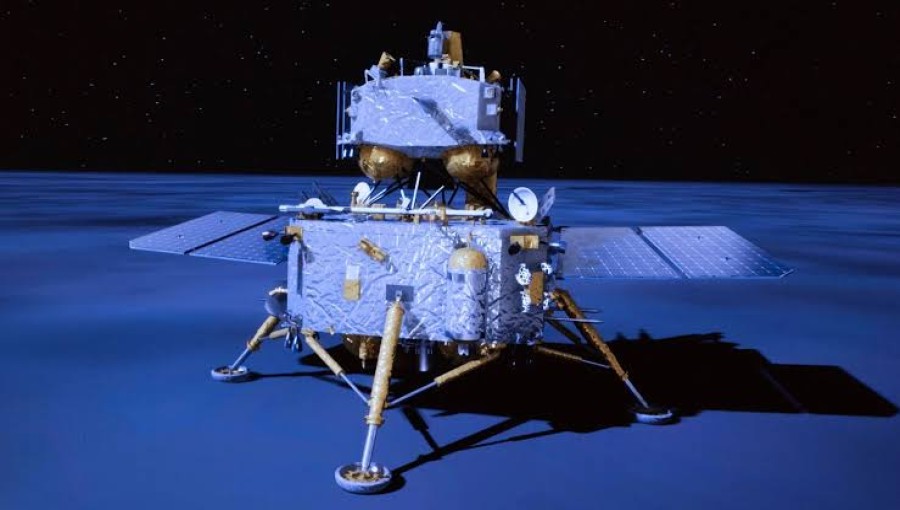China's unmanned spacecraft 'Chang'e-6' has successfully landed on the far side of the Moon, specifically at its South Pole. The landing occurred at 6:23 am local time on Sunday, marking China's second successful mission to this largely unexplored region, according to the BBC.
The primary objective of the 'Chang'e-6' mission is to collect precious stones and soil samples from the lunar surface. This mission is significant as no other country has reached this far side of the Moon before. The dark region of the Moon, known as the 'South Pole-Aitken Basin', is of particular interest to researchers due to its unique geological formations and ancient lunar rocks.
The 'Chang'e-6' mission, which began on May 3, has already successfully collected some of the oldest moon rocks from the site, as confirmed by Chinese authorities. This mission is part of China's broader lunar exploration program, which aims to gather valuable scientific data on the Moon's geological history.
China's ambitious space program continues to progress, with plans to send astronauts to the Moon by 2030, further solidifying its position as a leading player in space exploration.































Comment: